This year Highland Heritage Day returns on Saturday 15th March at Dingwall Academy, bringing together heritage groups, museums, and community projects for a day of networking and workshops organised by ARCH. The public is also welcome along to explore the exhibits and stalls during an extended lunch break from 12:45 to 14:00.
When signing up for the local event this year, I got to thinking that in today’s world, heritage has taken on a new significance. It is increasingly recognised on a global scale and it has financial value within the tourism industry with traditions and history being a real draw for visitors. In the Highlands region, the Highland Folk Museum is a major regional attraction, and the Inverness Castle Experience when it opens later this year - will be a celebration of all that the region offers.
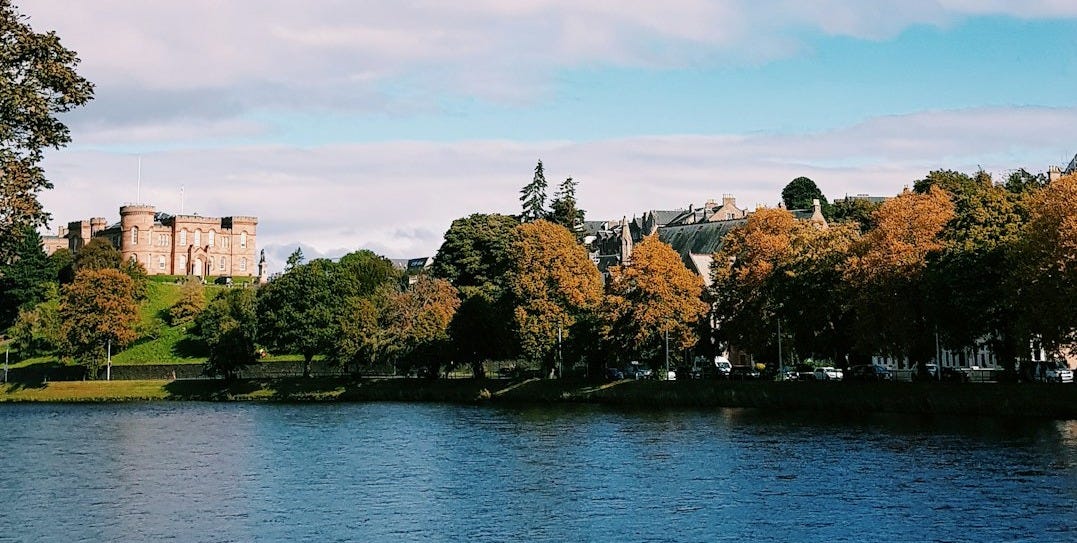
However heritage is more than monuments and artefacts, it is a vital part of contemporary culture too. It is the traditions, languages, rituals, songs, and skills that are handed down from one generation to the next, carrying the essence of our identity into the future.
This living heritage resides within us as individuals and can only remain vibrant if it is actively practiced, shared, and celebrated across generations. Without this crucial act of transmission, the richness of our heritage begins to fade. This was one of the drivers behind the Lochaber Quilt Project in 2022 (made possible as part of Scotlands Year of stories funding and by 900 Lochaber residents) which can now be seen hanging in the Fort William Library on permanent display.
Living heritage is unique because it does not have a fixed form - it is intangible, evolving, and flexible. It is essential for understanding not just who we are, but how we fit within the landscape we call home. As I saw throughout the Lochaber Story Quilt project, the natural world plays a central role in this, shaping our traditions, our stories, and our livelihoods.
The music of a fiddler in the Highlands, the songs sung in Gaelic on the west coast, or the intricate crafts passed down by generations of weavers and spinners - all are expressions of this connection between culture and environment.
The Role of the Heritage Ranger
As a Heritage Ranger, I have the privilege of working directly with communities to keep these traditions alive. My work involves teaching and sharing traditional skills like working with wool, leather, stained glass, metal, and wood. These crafts are not just artefacts of the past but are essential parts of our living culture, and through my role, I have found new ways to engage people with these skills in modern settings, often in the Fort William library or from the outdoor learning hub beneath the iconic Ben Nevis.
By bringing these crafts into spaces like local libraries, village halls, and community centres, I’ve been able to offer people of all ages the opportunity to learn and engage with traditional skills. Libraries, for example, have long been places of learning, and by offering hands-on workshops in these spaces, we redefine what learning looks like in a modern context. Village halls, too, play an important role as spaces where communities can gather, share, and celebrate their unique traditions.
In these settings, we host workshops where people can learn the art of wool spinning, from carding and combing to the final twist of the yarn on the spindle. Participants often feel an immediate connection to the past, imagining how their ancestors might have performed the same steps centuries ago. Working with leather is another skill that sparks excitement and curiosity. I teach everything from basic hand-stitching to crafting functional items like pouches and belts. The tactile experience of working with these natural materials opens a window into the craftspeople of old, who understood the land and its offerings.
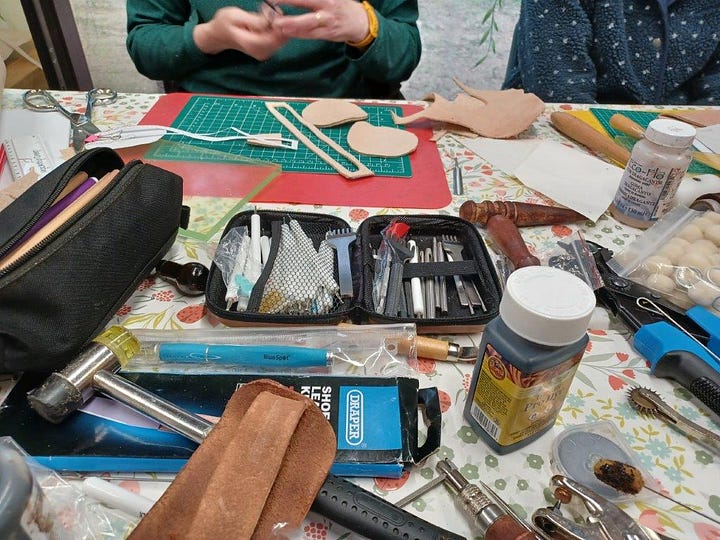
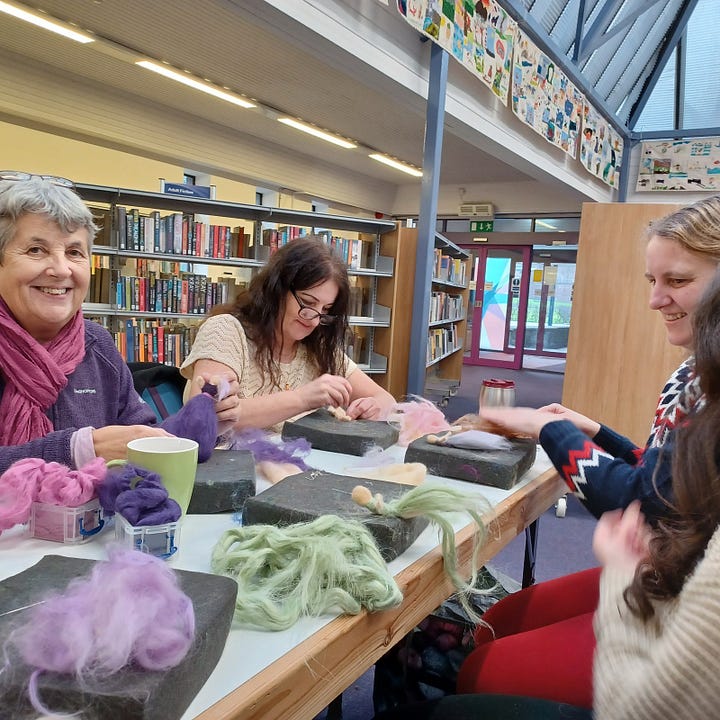
Stained glass, metalwork, and woodworking are also central to our by hand not machine workshops. These crafts were once integral to the design of churches, homes, and community buildings. In our sessions, participants can create simple stained-glass panels, learning to cut, shape, and lead glass pieces into traditional designs and metalwork in the form of ebossing or jewellery-making such as the viking bracelts workshop, allows people to work with their hands in ways that may feel new but also deeply familiar.
Whittling, a skill deeply embedded in Scottish heritage, is perhaps one of the most accessible and rewarding crafts. Participants are guided through the basics of carving, shaping, and constructing simple wooden items. Each cut of the blade into the wood echoes the work of generations who built everything from homes to everyday tools from the forests around them.
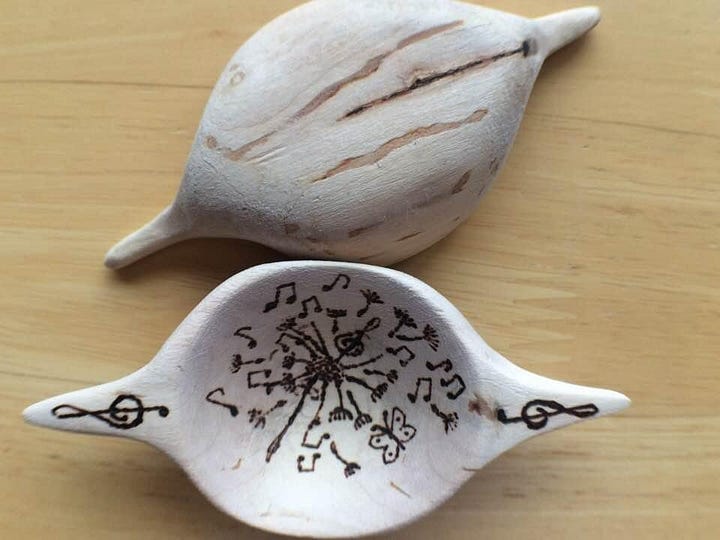
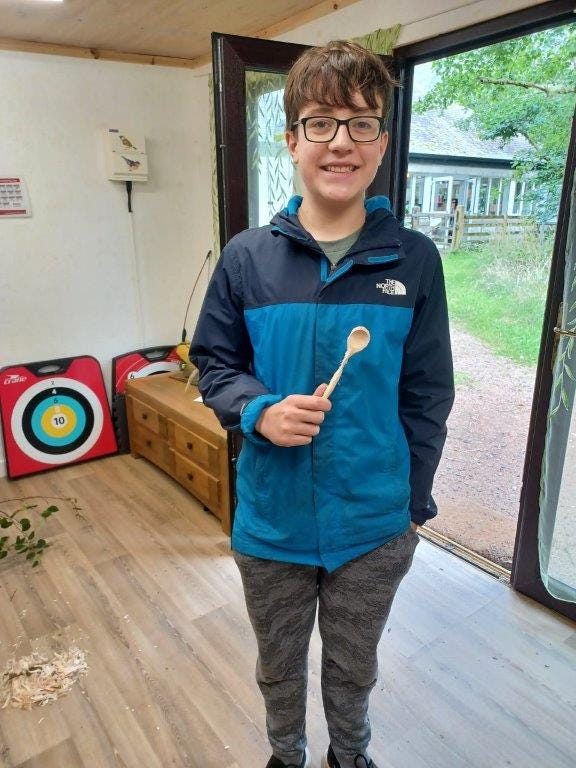
What excites me most is seeing how these traditional skills thrive in new settings and bringing them into the heart of community life, through libraries and village halls. Whether it’s teaching a group of adults how to work with stained glass or engaging local schoolchildren with printing with natural plant dyes, these environments provide the perfect backdrop for Highlands heritage to come alive.
It’s important to recognise that these skills don’t just serve as a connection to the past - they are living practices that can still offer utility, joy, and beauty in today’s world. In teaching these skills, I am not simply recreating history. I am helping to ensure that these traditions evolve, adapt, and remain relevant. For example, we teach participants how to apply their newly learned woodworking or leatherworking skills in ways that fit into modern life, whether by creating hand-carved kitchen utensils or fashioning a new belt or bag. These skills remain practical and, more importantly, meaningful, as they link us to our ancestors and their ways of interacting with the natural world.
The Challenges and Rewards of Keeping Heritage Alive
Of course, there are challenges in keeping living heritage vibrant. One of the greatest is ensuring that the younger generations engage with these skills. In an era dominated by digital technology, traditional crafts may seem antiquated. Yet, there is often a sense of wonder when young people realise that their hands can produce something tangible and lasting. It’s this moment of connection, when someone produces something amazing from raw materials for the first time, that makes this work so rewarding.
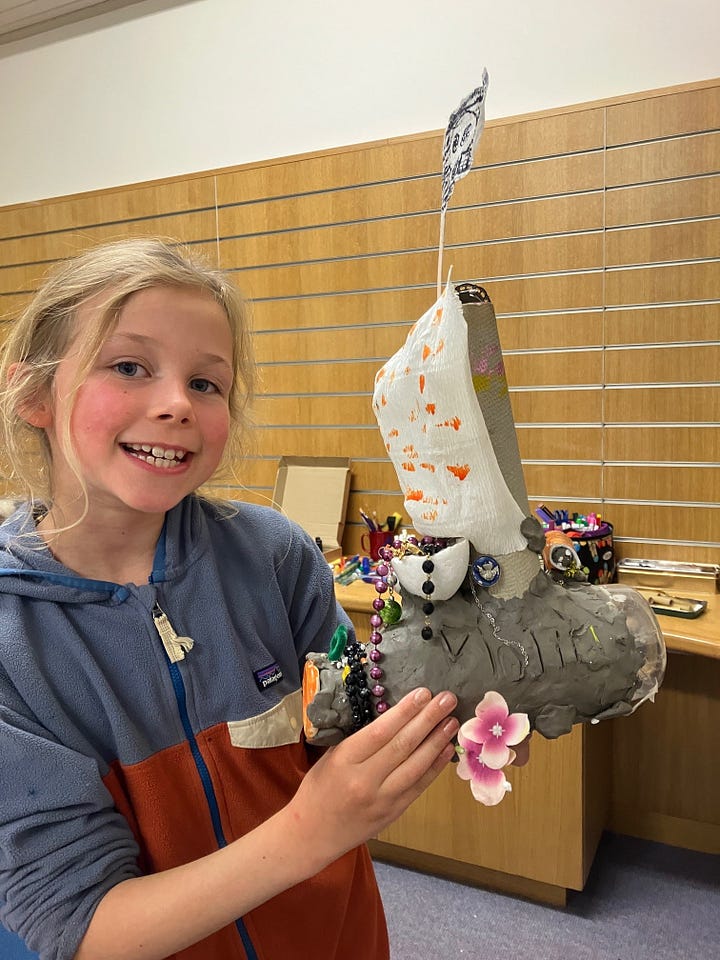
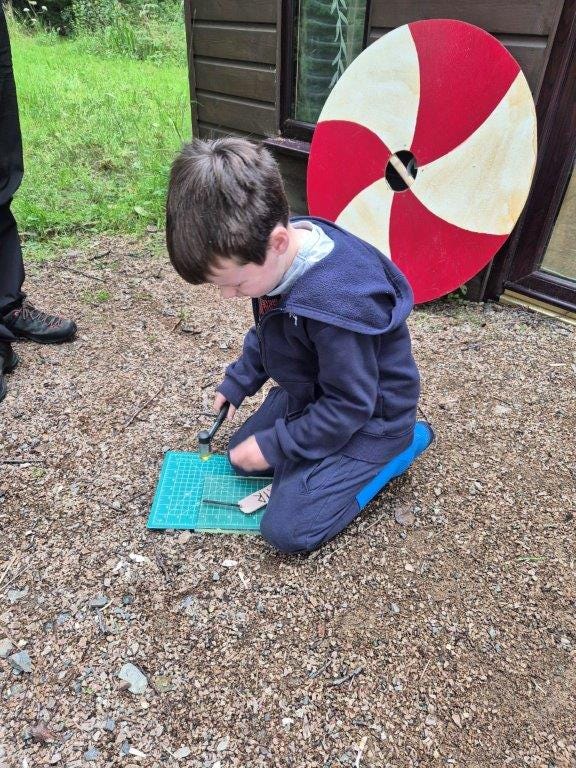
As Alan MacArthur from Newfoundland said, "when the television came in the front door, the stories went out the back." While this sentiment rings true, it also presents a challenge that we can overcome. It is possible to reintroduce traditional stories, songs, and crafts into the lives of those who might otherwise have turned away from them.
Heritage is not static. It is living, evolving, and dynamic. And it is up to us, as individuals and communities, to keep it alive. By teaching these traditional skills in new spaces and passing them down to future generations, we ensure that our heritage remains a vibrant part of who we are—and who we will become.
If you get a chance to attend the Highland Heritage Day on Saturday 15th March at Dingwall Academy it will be great to see you!
Michelle Melville is High Life Highland’s Heritage Ranger, is passionately dedicated to preserving Scottish natural and cultural heritage. A skilled artisan, Michelle excels in a range of hand crafts from carving and weaving to needle felting. Her talent in these crafts forms a vital part of her role in engaging and inspiring communities to be inspired by their environment, and learn new skills and gain in confidence.





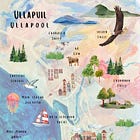
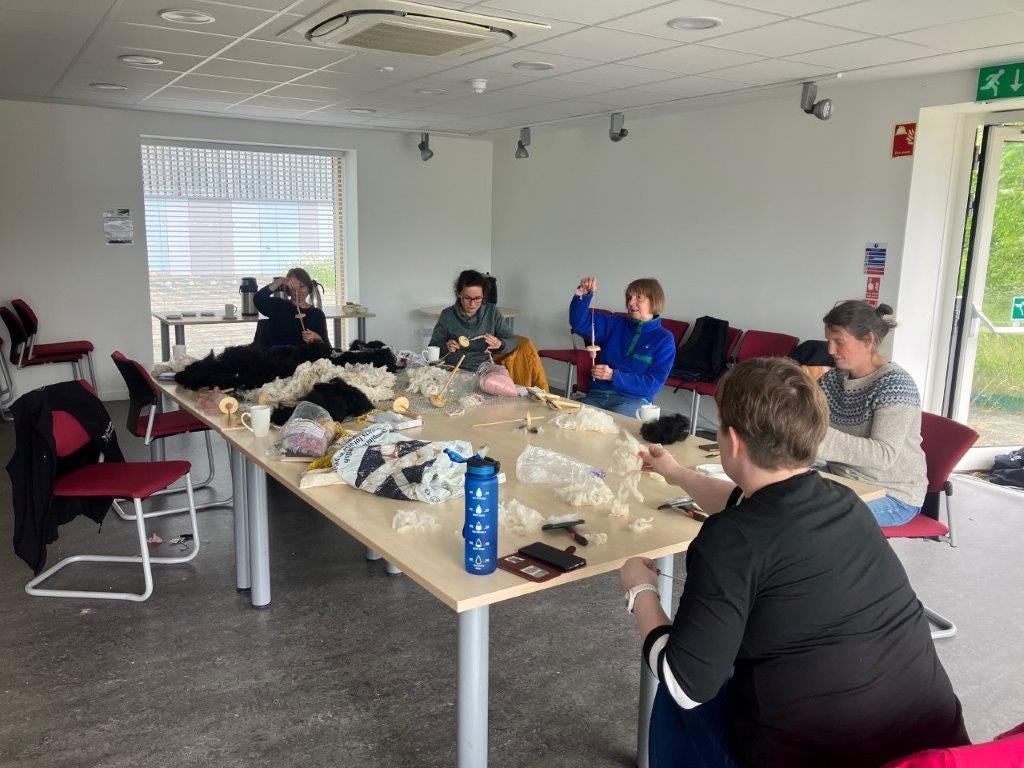
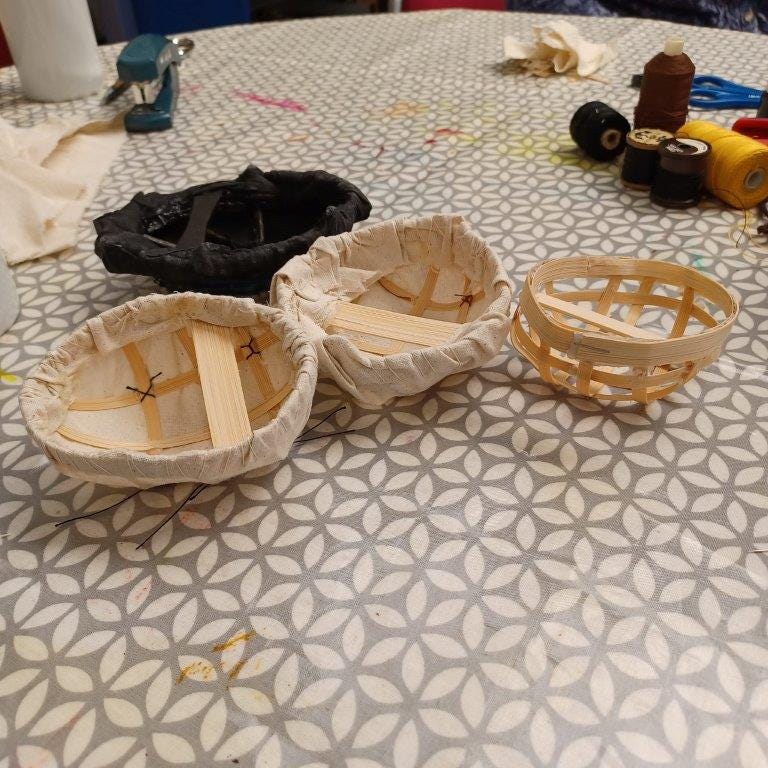
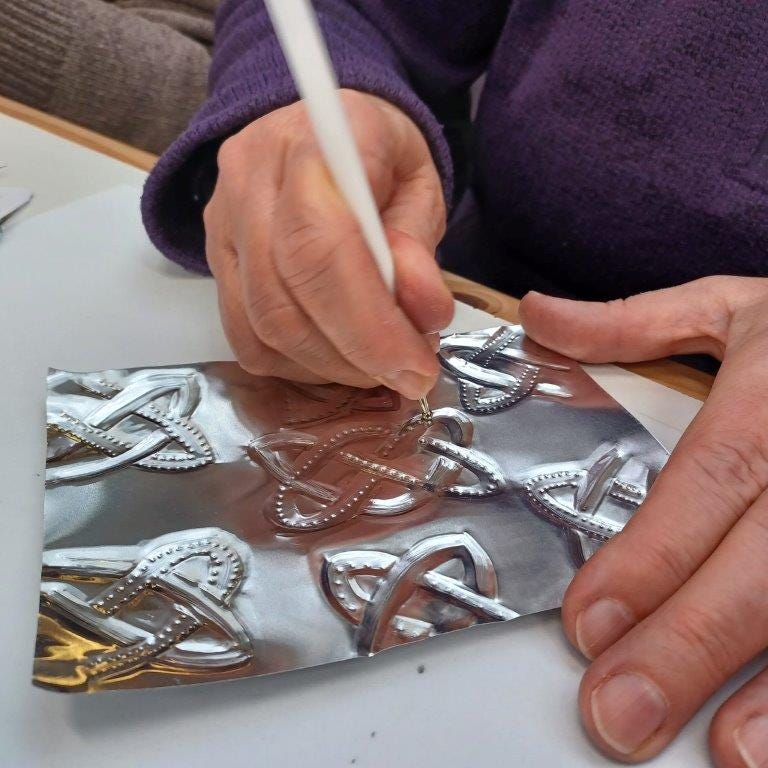
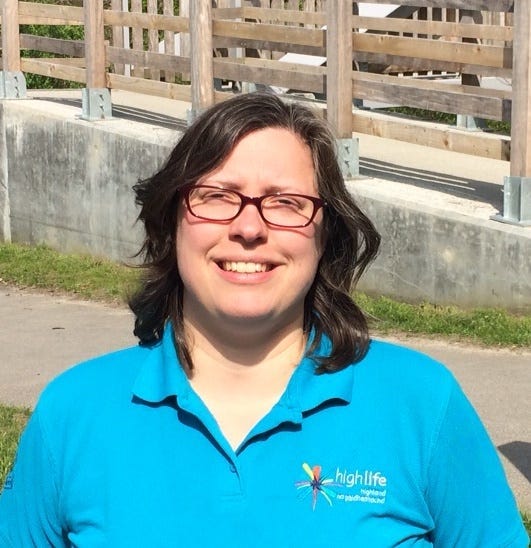
I would argue that cultural heritage is the only thing that differentiates us as populations of humans. If we look hard enough we'll find other places with almost identical geography, topography, people speaking the same language, etc
But only in the traditions, rites, stories, music and ways of doing things will we really see our unique identity.